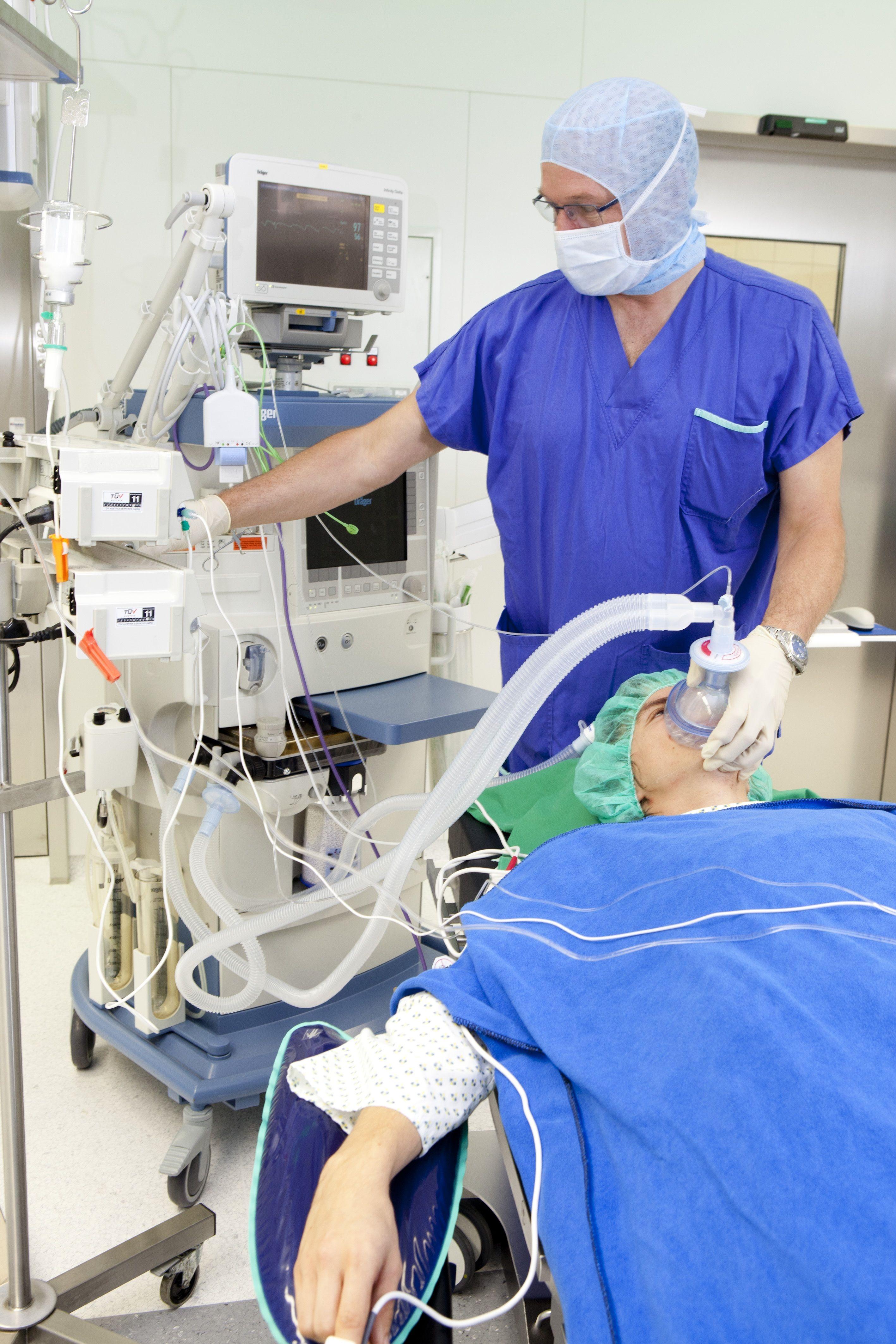Having a healthy smile is important for both our oral health and our overall well-being. However, for many people, going to the dentist can be a source of anxiety and discomfort. This is where dental anesthesia comes in – a game-changer in the field of dentistry that ensures a pain-free and comfortable dental experience.
Anesthesia in dentistry refers to the use of medications to numb the mouth and surrounding areas during dental procedures. It helps to alleviate any pain or discomfort that may be associated with various dental treatments, allowing patients to undergo necessary procedures without fear or pain. The use of dental anesthesia has revolutionized dental care, making it more accessible and comfortable for patients of all ages. Whether it’s a simple cavity filling or a complex procedure like a root canal, dental anesthesia has become an integral part of ensuring a pain-free journey towards a healthy and beautiful smile.
One common type of dental anesthesia is known as office anesthesia or sedation dentistry. This form of anesthesia is administered in the dental office and allows patients to remain awake but relaxed during their dental treatment. It helps patients feel more at ease, reduces anxiety, and enables the dentist to work efficiently and effectively. Office anesthesia has become increasingly popular as it provides a safe and comfortable environment for patients to receive the dental care they need.
In the next sections, we will explore the different types of dental anesthesia, how they work, and their benefits. We will also delve into the safety measures taken during the administration of dental anesthesia, as well as the potential side effects and considerations to keep in mind. So, let’s dive into the fascinating world of dental anesthesia and discover how it can make your journey to a healthy smile a pain-free and stress-free experience.
Types of Dental Anesthesia
In the world of dentistry, anesthesia plays a crucial role in ensuring a pain-free experience for patients undergoing various dental procedures. Let’s explore the different types of anesthesia commonly used in dental offices.
-
Local Anesthesia: The most commonly used type of dental anesthesia is local anesthesia. It involves the injection of an anesthetic drug, such as lidocaine, directly into the area being treated. Local anesthesia blocks the nerve endings in the mouth and numbs the specific area, making it ideal for simple procedures like fillings or tooth extractions.
-
Nitrous Oxide Sedation: Another popular choice for dental procedures is nitrous oxide sedation, also known as laughing gas. It is administered through a mask placed over the patient’s nose, allowing them to inhale a combination of nitrous oxide and oxygen. Nitrous oxide sedation induces a relaxed and euphoric state, helping patients feel at ease during dental treatments while still remaining conscious and responsive.
-
IV (Intravenous) Sedation: For more complex procedures or patients with severe dental anxiety, intravenous (IV) sedation may be used. This form of anesthesia is administered through a vein, allowing the anesthesiologist to regulate the level of sedation. IV sedation induces a deep state of relaxation or even unconsciousness, ensuring that the patient remains comfortable and unaware of the dental procedure.
These are just a few examples of the different types of dental anesthesia used to create a pain-free and comfortable experience for dental patients. It is important to discuss your specific needs and concerns with your dentist to determine the most appropriate type of anesthesia for your dental treatment.
Benefits of Dental Sedation
Dental sedation has revolutionized the way we experience dental procedures, offering numerous benefits that ensure a pain-free and comfortable journey towards achieving a healthy and beautiful smile.
-
Pain Relief: Dental sedation effectively eliminates the discomfort and pain associated with various dental procedures. By inducing a relaxed and calm state, patients can undergo treatments without feeling any pain or anxiety. This allows dentists to work more efficiently and patients to feel more at ease during their visit.
-
Reduced Anxiety: Dental anxiety is a common concern for many individuals, often preventing them from seeking the dental care they need. With sedation dentistry, patients can conquer their fears, as the calming effects of sedation help to alleviate anxiety and create a more positive dental experience. This enables patients to overcome their phobias and maintain their oral health without unnecessary stress.
-
Increased Comfort: Sedation dentistry ensures that patients are in a state of deep relaxation throughout the dental procedure. This results in increased comfort, as patients are not only physically pain-free but also mentally and emotionally at ease. With the use of dental sedation, patients can finally enjoy a comfortable and stress-free dental experience.

By highlighting the benefits of dental sedation, it becomes clear that it is a valuable tool in providing pain-free and anxiety-free dental care. With the ability to eliminate pain, reduce anxiety, and increase comfort levels, dental sedation allows patients to embark on a journey towards a healthy smile with ease and confidence.
Considerations for Office Anesthesia
Anesthesia plays a crucial role in ensuring a pain-free and comfortable dental experience. For patients who require dental procedures that may be more complex or time-consuming, office anesthesia can provide a viable solution. Dental anesthesia, also known as sedation, offers a range of benefits, allowing patients to undergo treatment without anxiety or discomfort.
Office anesthesia is administered by qualified professionals, such as dental anesthesiologists or experienced dentists, who have undergone specialized training to ensure patient safety. These experts carefully evaluate each patient’s medical history, current health status, and any potential risks or contraindications before proceeding with dental anesthesia. This meticulous screening process helps ensure that the anesthesia chosen is appropriate for the individual and the specific dental procedure.
One of the significant advantages of office anesthesia is the level of control it provides to both the patient and the dentist. By achieving a relaxed and comfortable state, patients can tolerate longer procedures, thus minimizing the need for multiple appointments. Additionally, dental professionals can carry out their work efficiently and precisely, without having to rush due to patient discomfort. This controlled environment contributes to better outcomes and enhanced patient satisfaction.
It is important to note that the type of dental anesthesia used in an office setting may vary depending on the patient’s needs and the procedure being performed. Options range from mild sedation, which induces a relaxed state while allowing patients to remain conscious, to deep sedation or general anesthesia, where patients are completely unconscious. The choice of anesthesia is always tailored to the individual to ensure their safety and comfort throughout the dental journey.
